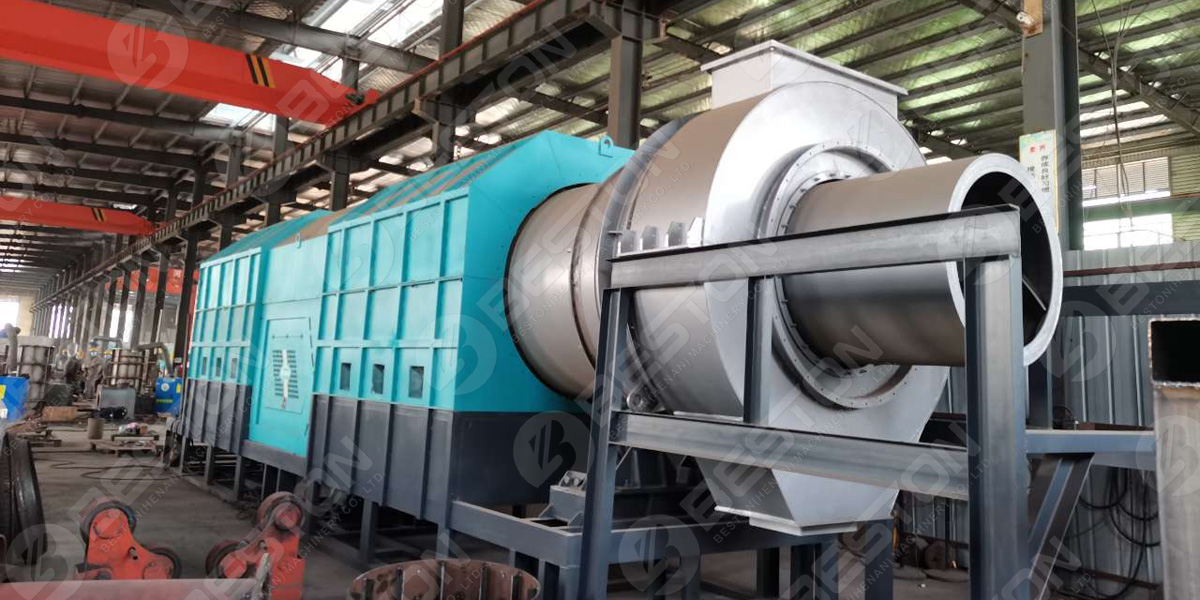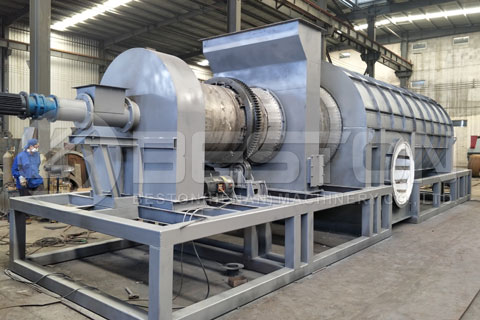During the treatment of sewage prior to its final disposal, sludge or bio-solids, will form as a residue that accumulates. It is the slurry like residual matter that can be solid and semi-solid and is the result of the treatment of the waste water. Please read more: https://www.bestongroup.com/.

Sludge can be primary or secondary. Chemical precipitation, sedimentation and other primary processes generate primary sludge. Secondary sludge is formed as a result of biological treatments and consists of activated biomass. Septic tank solids obtained from the clearing of septic tanks in households not linked to main sewage systems also is often added to the sludge in sludge treatment system.
When designing mechanisms for the treatment of waste water it is necessary to also have a sewage sludge treatment plant as part of the of the design and operation of sewage treatment. This requires the treating of the sludge before it is finally disposed of. In this plant the the sludge is first reduced in volume and then its organic materials are stabilized. This stabilized sludge is odorless and can then be handled without it being a nuisance or being a health hazard. The reduction in volume goes a long way in reducing costs of storage and pumping.

In this method of treating sludge from sewage, the processes used combine thickening, digestion and then dewatering. Thin sludge is not practical to handle and that is why the thickening is necessary. This thickening is carried out in a gravity thickener tank. As a result of this, the volume of sludge is reduced to half. This thickening can also be done through dissolved air flotation, where the air carries the solids to the surface to form thick sludge.
Once the sludge is thickened it is made to undergo a biological process where the organic solids in it decompose and form stable substances. The total mass of solids are reduced by digestion and the pathogens in it are destroyed. This makes it easier for dewatering and drying the sludge. This digested sludge will appear like rich potting soil and will be inoffensive. In a charcoal making machine the digestion treatment goes through two stages. In the first stage, sludge thickened to 5% dry solids is heated and mixed in a closed tank for a few days. The acid forming bacteria in the sludge hydrolyze large molecules in to smaller molecules that ferment into fatty acids. Sludge is then allowed to flow into another tank where the matter that has been dissolved is converted to biogas. This gas has a mixture of methane and carbon dioxide, and the methane is burnt to give the needed heat in the first digestion tank, as well as for generating electricity for the plant. In some plants the digestion of sludge is done in the presence of oxygen through aeration, and no gas is formed in this process.